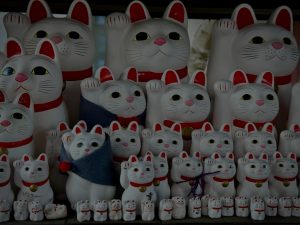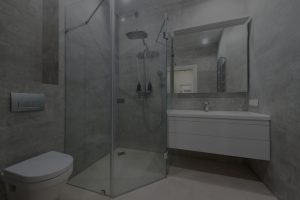**Abstract:** Discover how to elevate your meditation space using feng shui principles and energy ornaments. Create a harmonious environment that enhances tranquility and focus during your practice.
Understanding Feng Shui Principles
Feng shui is an ancient Chinese practice that focuses on the arrangement of space to promote balance and harmony. In a meditation space, the goal is to create an environment that fosters peace, mindfulness, and deep concentration. By understanding the basic principles of feng shui, you can transform any area into a sanctuary for meditation. Key concepts include the flow of energy, or “chi,” and the importance of natural elements. Incorporating these elements thoughtfully into your meditation space can significantly enhance your practice.
Choosing the Right Ornaments
When selecting energy ornaments for your meditation space, consider items that resonate with tranquility and spiritual connection. Crystals, for instance, are popular feng shui ornaments known for their healing properties. Amethyst promotes calmness, while clear quartz enhances clarity of thought. Additionally, incorporating symbols like Buddha statues or mandalas can provide spiritual inspiration and a focal point for your practice. Ensure that the ornaments you choose align with your personal energy and intention, as this will amplify their positive effects.
Creating a Balanced Layout
The layout of your meditation space plays a crucial role in feng shui. Position your meditation cushion or chair in a way that allows for a clear view of the entrance, fostering a sense of safety and openness. This arrangement encourages the flow of positive energy and prevents distractions. Consider the five elements of feng shui—wood, fire, earth, metal, and water—when arranging your space. For example, adding a small water fountain can introduce the soothing sound of flowing water, enhancing relaxation and focus during meditation.
Utilizing Color and Light
Colors significantly impact our emotions and energy levels. Soft, earthy tones like greens and browns promote a sense of grounding, while blues and purples can encourage tranquility and spiritual awareness. When choosing colors for your meditation space, opt for shades that resonate with your intentions. Additionally, lighting is essential for creating a calming atmosphere. Natural light is ideal, but if that’s not possible, consider using soft, warm artificial lighting to mimic the sun’s glow. Candles can also add a serene ambiance while serving as a focal point during meditation.
Incorporating Natural Elements
Integrating natural elements into your meditation space can enhance its energy. Plants, for example, not only purify the air but also bring life and vibrancy to your environment. Consider low-maintenance options like peace lilies or snake plants, which are known for their air-purifying qualities. The presence of natural elements creates a connection to the earth, grounding your practice and fostering a sense of calm. Additionally, incorporating natural materials like wood and stone in your decor can further enhance the feng shui of your space.
Personalizing Your Space
Ultimately, your meditation space should reflect your personality and intentions. Personal touches, such as photographs, meaningful quotes, or artwork, can create a sense of belonging and comfort. As you arrange your ornaments and decor, ask yourself how each item makes you feel. The goal is to cultivate a space that resonates with your energy and inspires a deeper connection to your meditation practice. Remember, the more personal and meaningful your space is, the more effective it will be in enhancing your meditation experience.
Incorporating feng shui principles and energy ornaments into your meditation space can profoundly impact your practice. By understanding the importance of balance, selecting the right ornaments, and personalizing your environment, you can create a sanctuary that nurtures your mind, body, and spirit. Embrace these strategies to enhance your meditation experience and cultivate a deeper sense of peace and mindfulness in your daily life.










